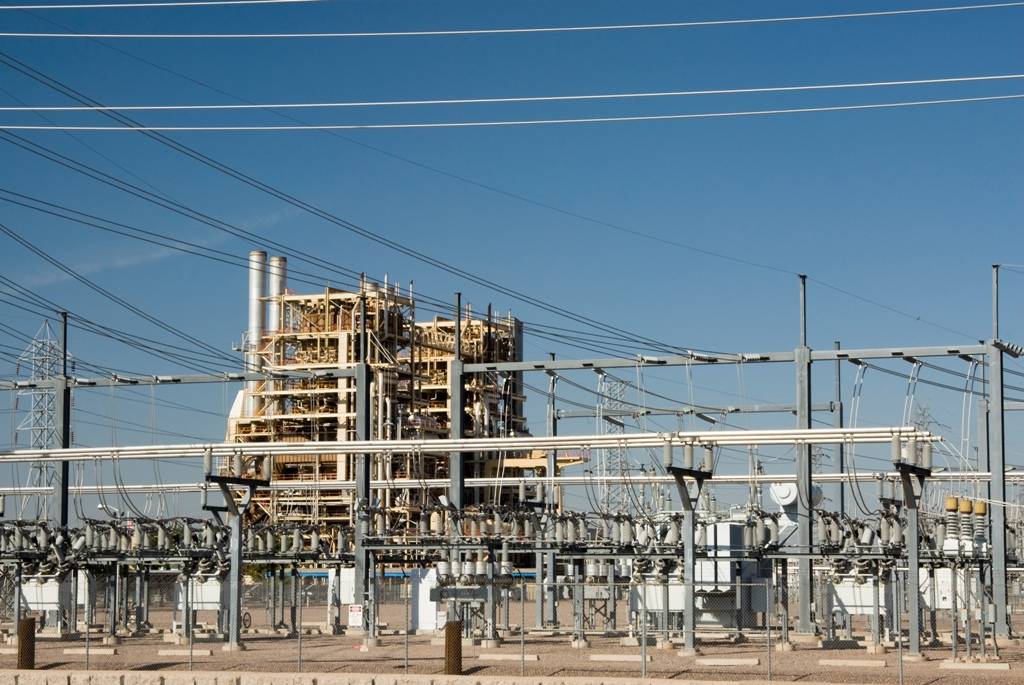High cleanliness class of oil used in operation is a basic requirement for modern hydraulic and lubrication systems. Though manufacturers of oil-products do not always provide a proper level of cleanliness, forcing consumers to carry out additional treatment of oil before it can be used.
In energy industry transformer oil is an important element. It performs the functions (insulation, heat removing), which are indispensable for normal operation of basic equipment (transformers).
During operation, oil is subjected to contamination with impurities of various composition and size. This is caused by normal wear and tear of moving parts of the equipment, oxidation of the insulating liquid and chemical reactions inside the transformer. As a result, moisture is accumulated in oil, causing destruction of windings insulation, aging of insulating fluid, precipitation of additives in the form of sludge. Contained contaminants in such oil are: aging products, water, corrosion products, silicates, gases, acids, oxidation products, winding insulation paper fiber etc. It is obvious that the presence of these impurities has a negative impact on transformer working conditions due to the defective performance of oil. In worst-case scenario, it does not only slow down production, but cause failures.
About 95%, of contaminants are particles smaller than 5 microns and they are the most dangerous ones. The main difficulty is the fact that such impurities are polar, therefore they can gravitate and adhere to the inner walls of transformers. Such adhesion prevents the exit of water accumulated inside paper insulation of the windings, thus speeding up the process of its destruction. Also contaminants worsen heat transfer between oil and the windings, which leads to increased operating temperature of the transformer and a decrease of load. The negative impact of pollutants leads to oil treatment and recovery.
The main ways to maintain operational properties of transformer oil are
- continuous regeneration with adsorbents using adsorptive and thermosiphon filters;
- hermetically sealed equipment;
- dehumidifying filters;
- film or nitrogen protection;
- necessary concentration of anti-oxidizing additives;
- cooling of oil.
The leading role among the above mentioned measures is given to regeneration, since it allows to work with oil which already has degraded performance characteristics. GlobeCore design department developed a unique technology of transformer oil treatment and filtering using Fuler’s earth sorbent (CMM-R plants). It restores transformer oil operational indicators to a level sufficient for further use.
The results of transformer oil testing before and after treatment
| № |
Parameter |
Before regeneration |
After regeneration |
Norm according to IEC 60296 |
| 1 | Appearance |
Cloudy, dark brown |
Clear, uncolored |
Clean, free of sediment and suspended solids |
| 2 | Acid number, mg KOH per 1 g of oil, not more than |
0.63 |
0.01 |
0.01 |
| 3 | Corrosive sulfur |
Presence |
Absence |
Absence |
| 4 | Moisture content, ppm, not more than |
170 |
5 |
30-40 |
| 5 | Breakdown voltage, kV, more than |
11 |
73 |
30-70 |
| 6 | Dielectric loss tangent at 90 °C, %, not more than |
4.0 |
0.001 |
0.005 |
| 7 | Gas content, % |
12 |
0.1 |
– |
| 8 | Surface tension at 25 °C, mN/m |
22 |
45 |
40 |
| 9 | Mechanical impurities, micron |
50 |
0.2 |
Absence |
| 10 | Anti-oxidation stability test
– acid number, mg KOH per 1 g of oil, not more than |
– |
0.2 |
1.2 |
Note:
* depending on the type of oil. See more about transformer oil testing methods
Transformer oil reclamation technology using Fuller’s earth sorbent
GlobeCore technology of continuous regeneration of dielectric fluids improves the quality of transformer oil performance and extend its service life.

